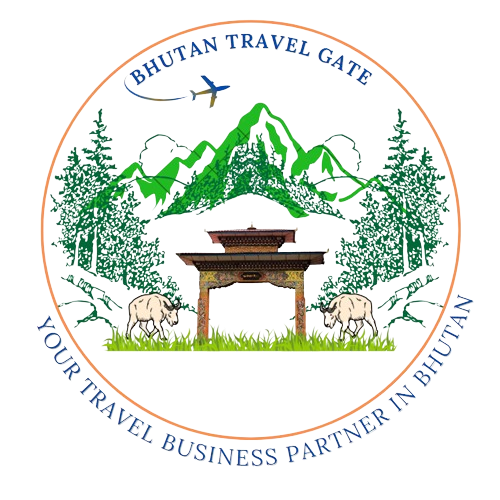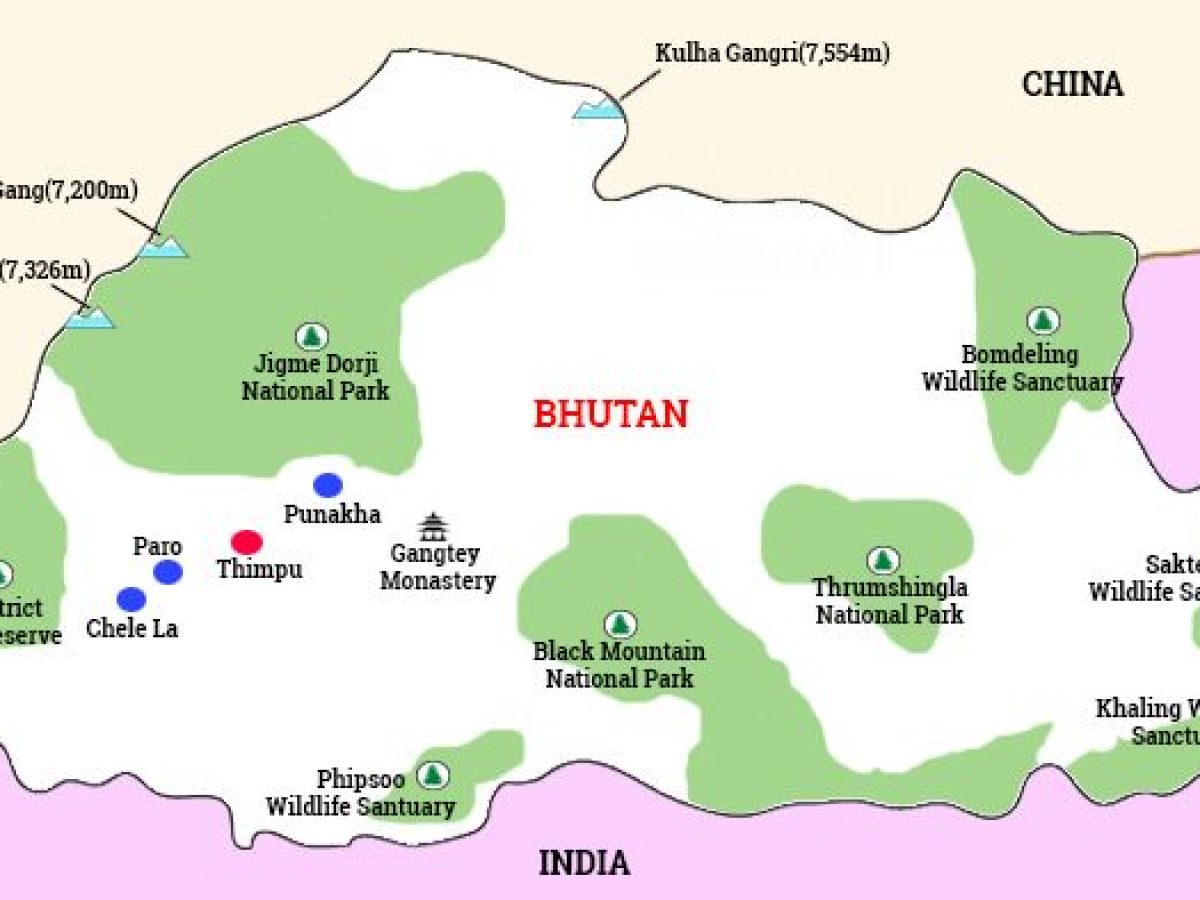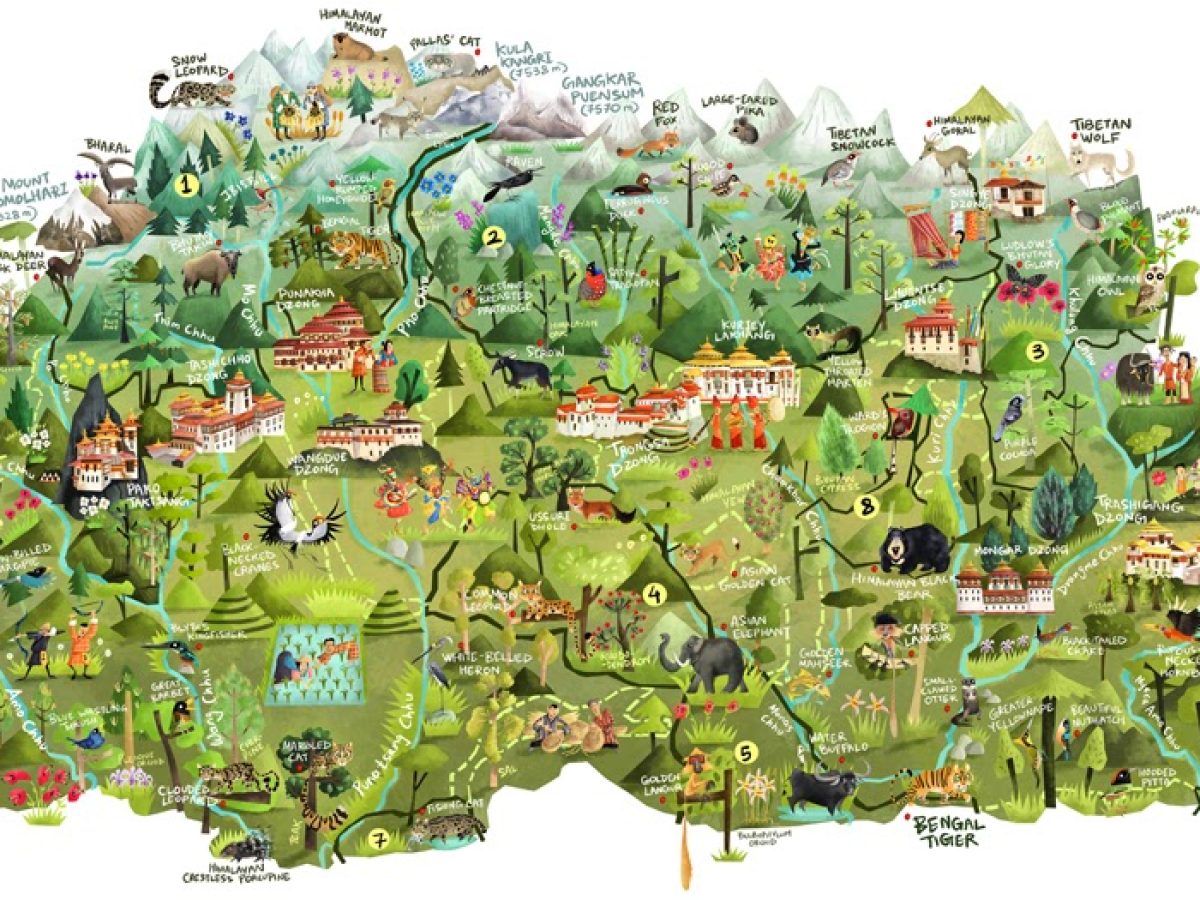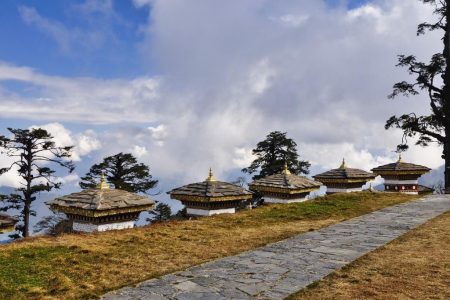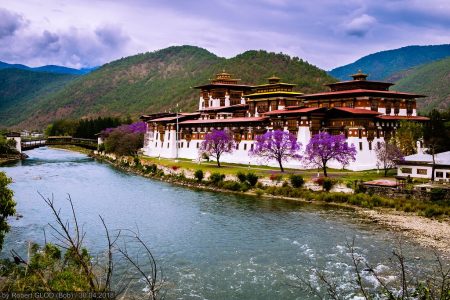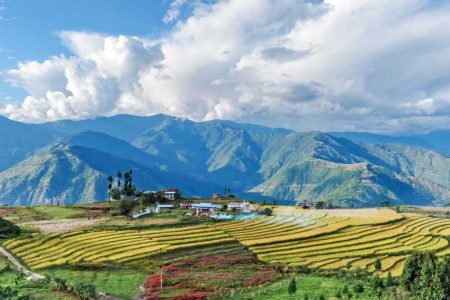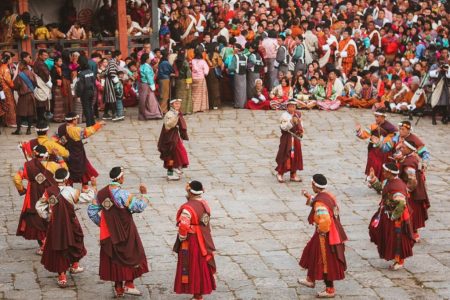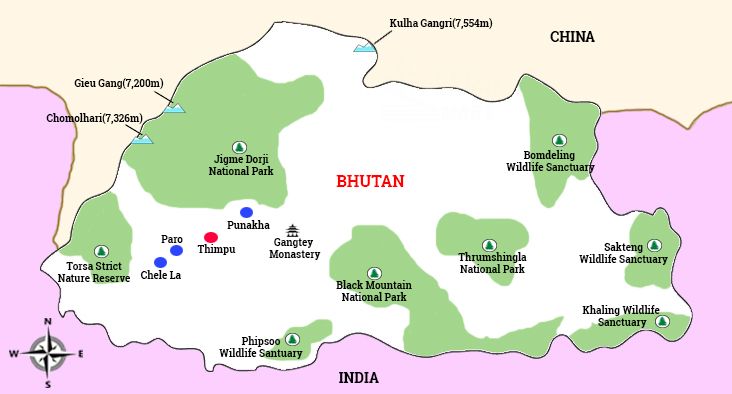Why Travel Bhutan?
Bhutan is one from many places where you can choose as a holiday travel destination. If you decide to travel to Bhutan, you will take along many amazing memories which you will cherish throughout your life. Bhutan may be the smallest country but, is very beautiful and a happy country to live in. And for a reason its is called “the last shangri La on earth.”
Bhutan has been declared as best holiday packages in Asia as:
Tiger’s nest in term “Taktsang” is the most popular tourist’s destination located in Paro, few hours’ drive from the capital. It is because the monastery is located at the tip of mountain that the place sounds special. It is said that Guru Rinpoche a great saint, who lived in 700 AD, known for his eight manifestations, flew to this cliff on a flaming tigress and meditated there. If you happen to visit there, you will still see the cave and the images of Guru Rinpoche and you will be able to discover many histories based on Guru Rimpoche as well. Similarly there are numerous visiting sites across the country.
Thimphu the capital of Bhutan has a beautiful city and is the biggest city in the country. Many houses are built in western style however fewer houses still have traditional style houses with a roof top. In Thimphu, there lies a beautiful statue of Buddha, a castle or fortress of Trashichho dzong and memorial chorten (A temple) built in the memory of his majesty Jigme Dorji Wangchuk the third king and it is the most important religious site in the capital city.
Chimi Lhakhang which is the most honored temple is located between Thimphu and Punakha. The temple was built in dedication to the divine mad man ‘Lama Drukpa Kuenley’. It is famous for blessings couples with children. It is believed that if you are unable to reproduce, you can visit the temple and get blessing in the form of a child.
It was once named as ‘the land of medicinal herbs’ for having 300 different types of medicinal plants and 46 different varieties of rhododendrons. It has 90 mammals of species and some 770 species of birds. The Phobjikha valley is the one which is stunningly beautiful valley famous for black neck cranes.
What makes Bhutan so unique?
It is a country with many histories of great lamas and scholars, who contributed so much in nation building, such as introduction of Buddhism as a religion, built many monasteries and fortresses. Every year Tsechu (a Bhutanese festival) is being conducted. There people get to witness the traditional Bhutanese style masquerade dances, the re-enactment of history and also the journey from hell towards the heaven is clearly recited by the monks wearing masks. It is a special Bhutanese belief that the one who witness the Festival (Teschu) will receive blessings and all the sins will be cleansed.
If you are concerned with the diet of Bhutanese then you should better not worry. Agriculture is the back bone, where framers grows their own vegetables and crops with traditional methods. There are no chemicals used in producing foods and are 100 percent pure organic. The national dish “Ema Datshi”, is the fiery blend of green chili with some onion on locally produced cheese. It is very taste curry served with red rice along with butter tea ‘suja’.
Is alcohol available in Bhutan?
Yes it is available with all international and national brands of alcohols. It is sold at a very cheaper rate and there is no issue in drinking at public places. There are also locally produced traditional alcohols such as Ara which is produced out of fermented rice. It tastes very strong and recommended for those people who have experimental taste.
What is so special about Bhutan?
Bhutan is known to the outside world as the country of Gross National Happiness (GNH), which in another term is a country of happiness. It is a place where developments of mental and emotional well-being of citizens are given more importance rather than material development.
While the world is moving in a faster pace of development, Bhutan continues to remain as it was a century ago. The unique cultural and tradition preserved from generations can still be seen today. Bhutanese take pride in preserving and promoting its beautiful culture and traditions.
It is also listed as the only county which is carbon neutral. It takes bold promise to remain carbon neutral throughout life time by maintaining sixty percent of forest coverage as mentioned in the constitution and the fact is it is a carbon negative as of now.
The government strongly adhere to its policy of ‘high value, low impact’ tourism policy. It has served the purpose of creating an image of exclusivity and high yield with low impact on the country’s environment and culture.
How can I get visa to Bhutan?
If you are planning to visit the land of Thunder Dragon after knowing how beautiful is then you must get a visa to visit. You must obtain a visa clearance prior to travel. Visas are processed through online system by licensed Bhutanese tour operator directly through foreign travel agent. You are required to send photo page of your passport to your tour operator to apply for visa.
“Take only memories leave only footprints”
